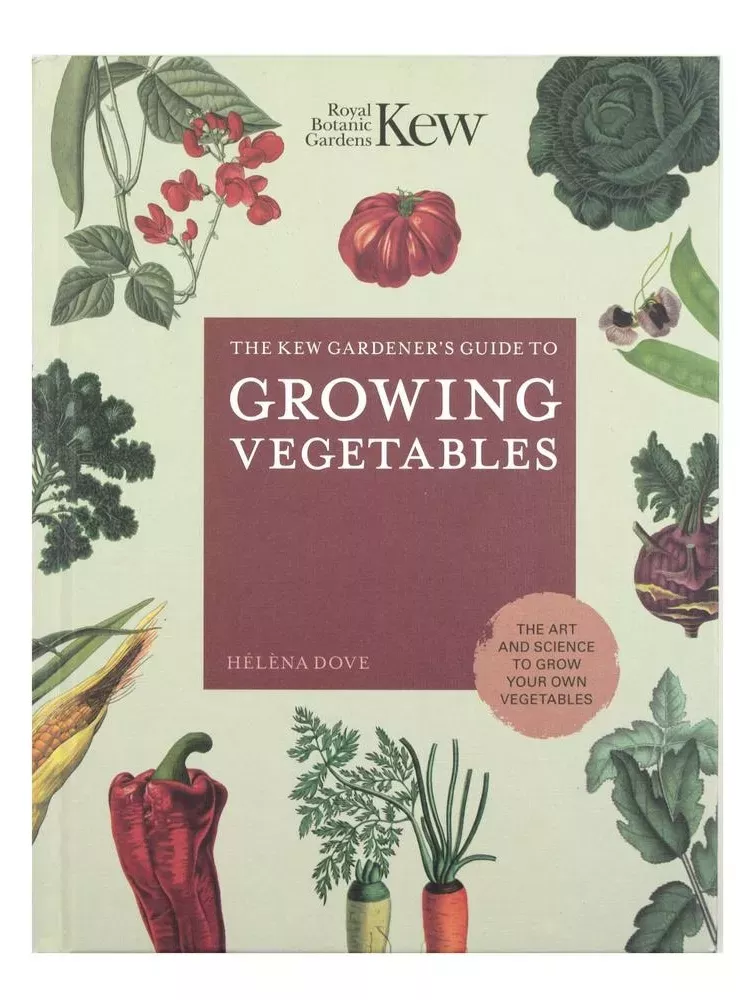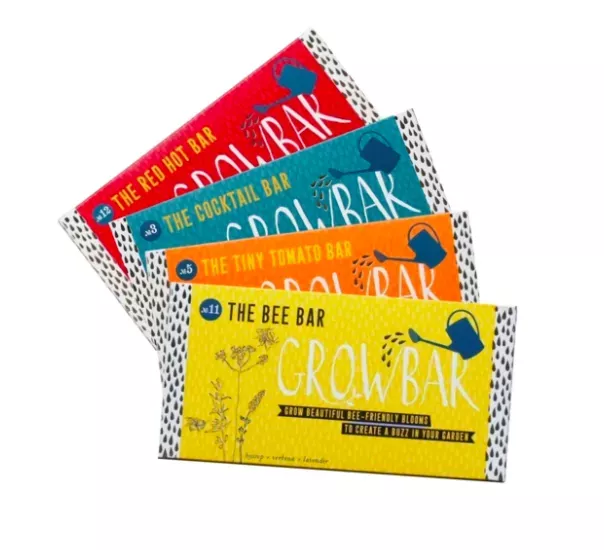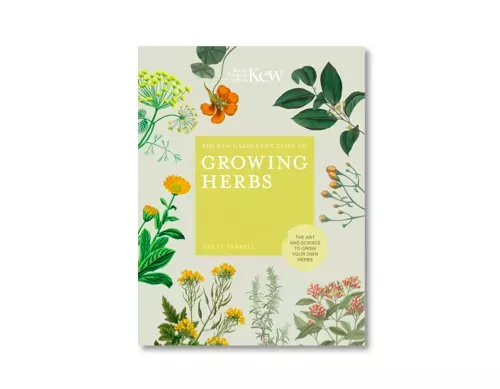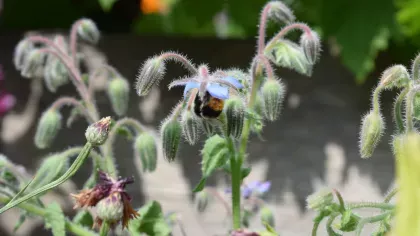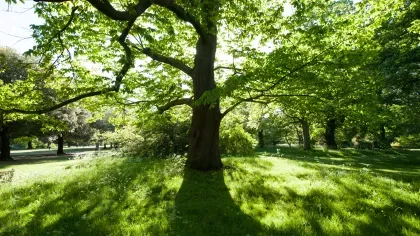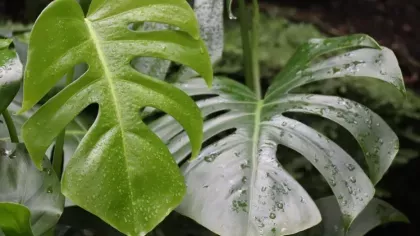3 April 2020
Best vegetables to grow on your windowsill
Create an indoor garden with these easy to grow vegetables and herbs.

You might be stuck indoors but you can still grow vegetables and herbs.
Bring some nature inside and switch up your meals with fresh ingredients.
From baby beetroot to edible flowers, there are a whole host of amazing vegetables you can grow on your windowsill.
Cress
This peppery favourite is one of the easiest vegetables to grow on your windowsill, and is perfect to add to a salad or sandwich at lunchtime.
Plain cress or fine curled cress (Lepidium sativum) are easiest to grow.
You don’t even need compost to grow cress, as it can be grown on wet tissue or cotton wool. Line a tray or container with wet tissue/cotton wool, sprinkle the seeds over and press them in.
Place the tray on a warm windowsill with plenty of sunlight and gently water them daily. Don't let the paper dry out otherwise the roots will die.
You should start to see shoots within a week, and you can harvest them using scissors to snip the shoots when they’re 3cm–5cm high.
Top tip
Prefer cress with a stronger taste? Try growing in compost for bigger, more nutritious plants with a stronger flavour.
Follow the same process and cover the seeds with a thin layer of compost once you’ve scattered them. Harvest when they're 12–15cm tall.
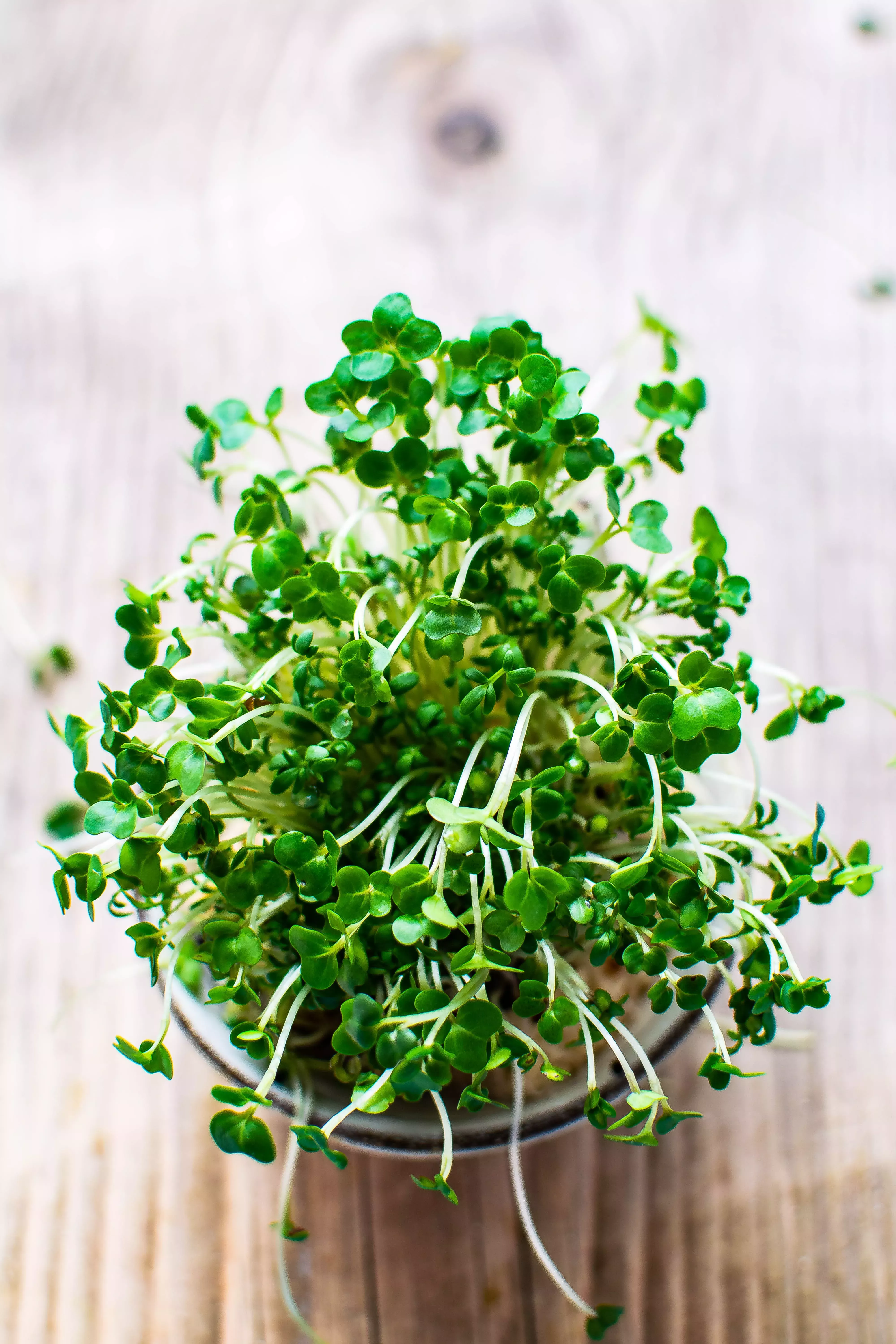
Pea shoots
Delicious in stir frys and salads, these little guys are a gem in the world of windowsill gardening. You can grow them using whole dried peas you find in your supermarket or local shop.
To activate the dried peas and get the best results, you’ll need to soak them overnight in water.
The next day, drain the peas and sprinkle them into a container lined with a layer of compost (around 3cm thick) and cover with a 1cm layer of compost.
Place the container on a sunny windowsill, and within a few days they will start to sprout.
After about six days, the shoots will be big enough to cut and enjoy. Be careful not to let them grow too big, otherwise they start to taste bitter.
Top tip
The pea shoots will grow back again for a second time after you’ve cut them, so keep them on your windowsill for ongoing greens.
Herbs, glorious herbs
Packed with vitamins, herbs can brighten up any dish and make a plain bowl of pasta or rice come to life. They’re very easy to grow on a windowsill and require minimal care.
Basil, parsley and mint are great choices that are simple to grow. Simply grab a pot or container with holes in the bottom so that excess water can drain.
Fill the pot with compost and scatter the seeds, keeping them about 3cm apart. Cover them over with a thin layer of compost (about 0.5cm thick).
Put the pot on a sunny windowsill. Water every other day to keep the seeds moist, and within a week you should start to see your baby herbs growing.
You can start to pick the leaves once the plants have around six leaves, but don’t pick them all at once so that the plants continues growing.
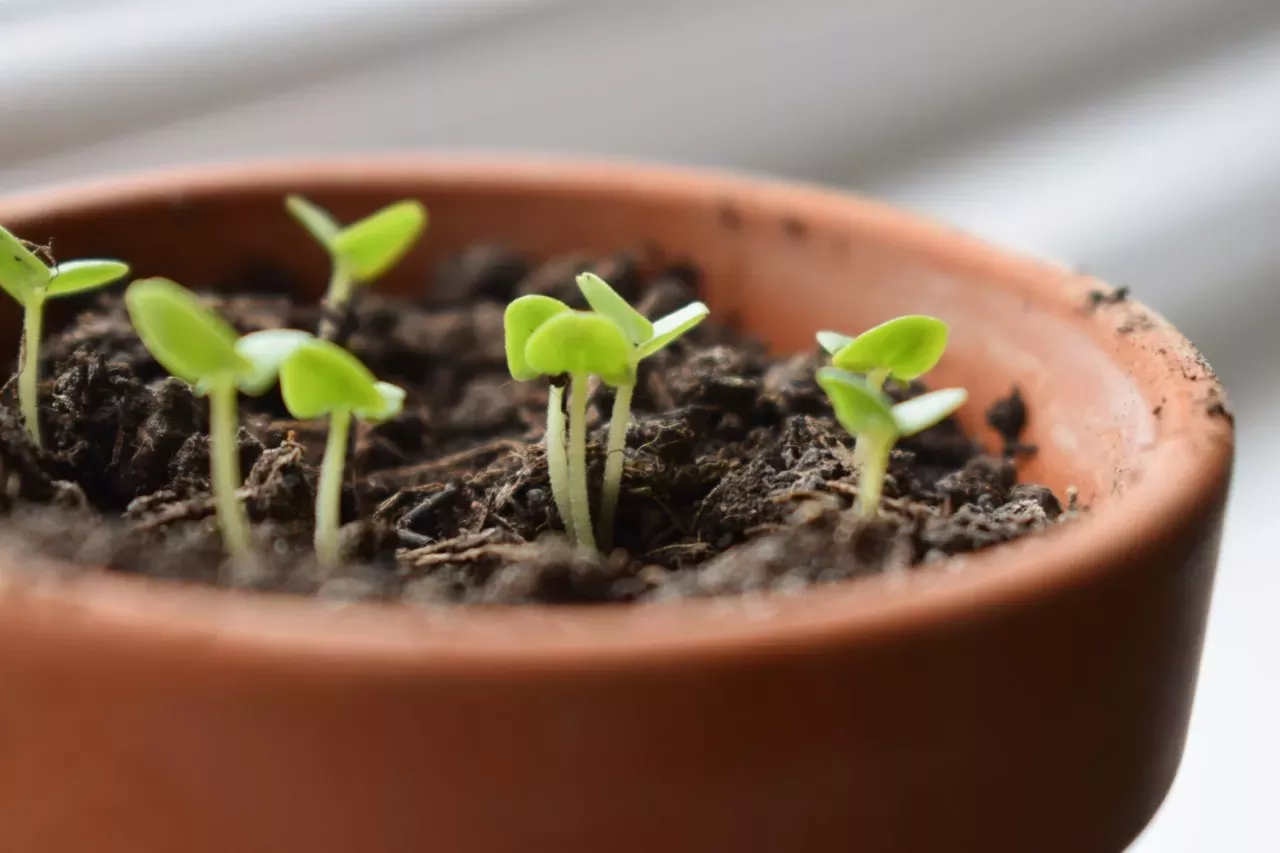
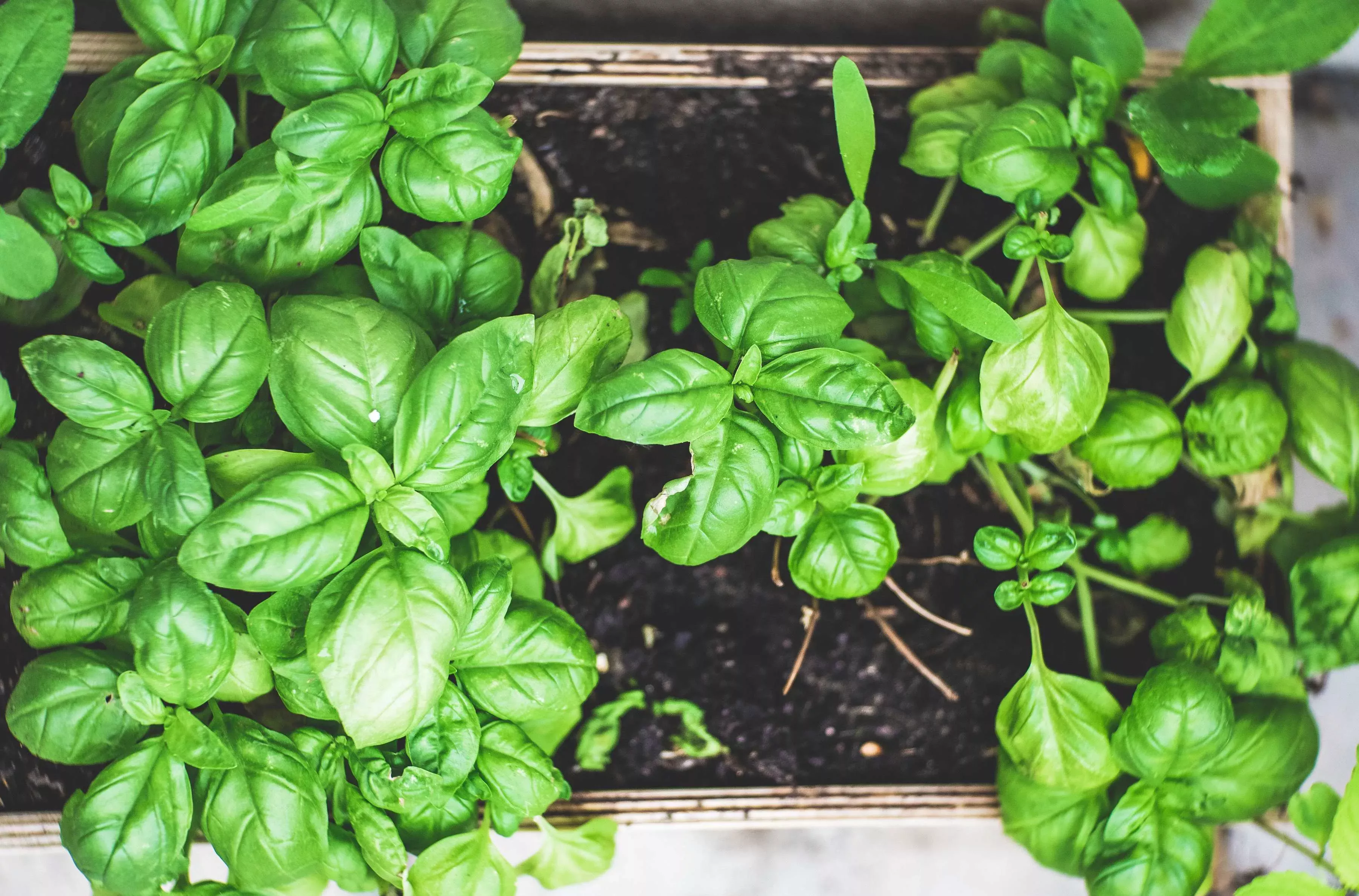
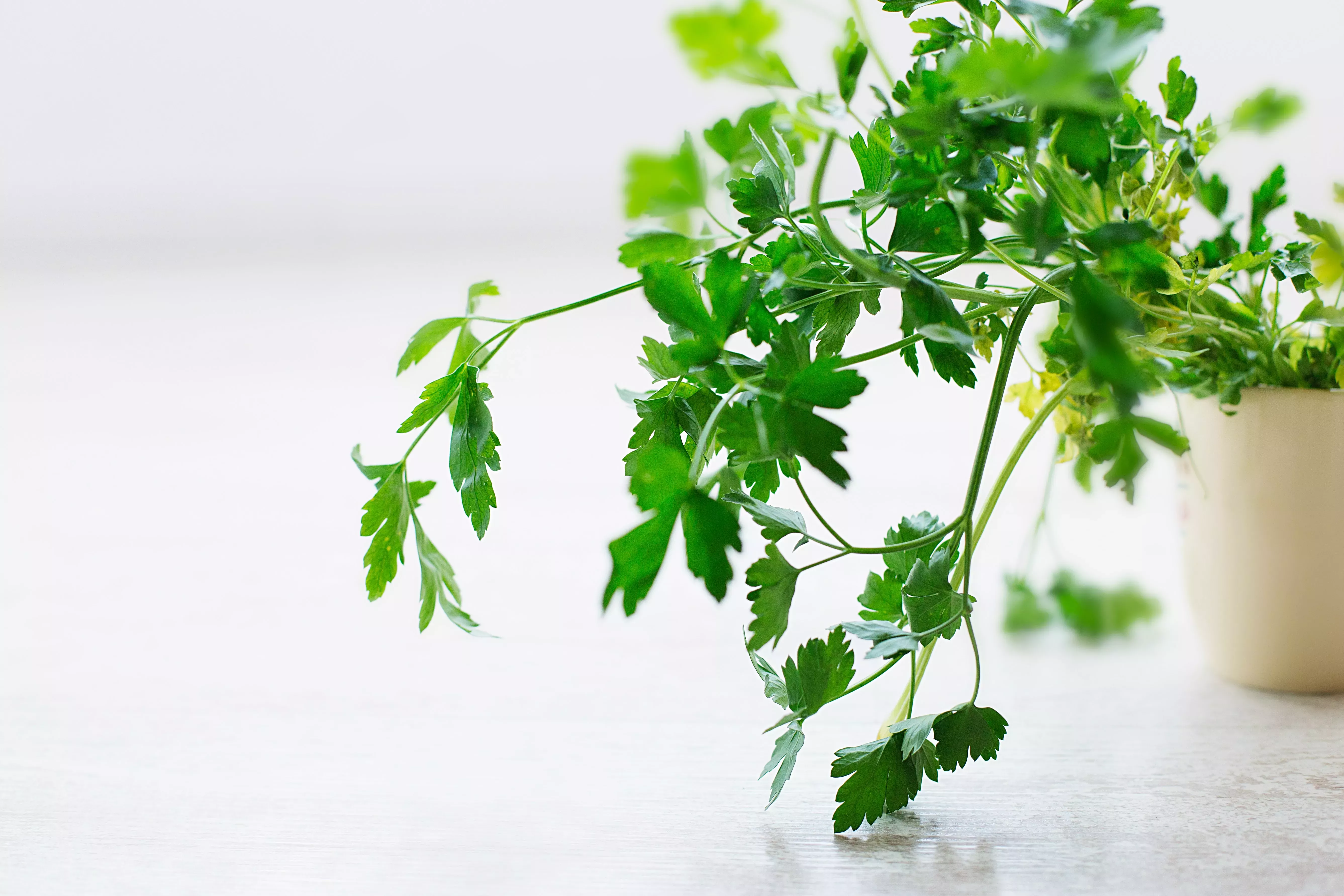
Kale
Kale is one to try if you have a garden, balcony or windowbox as it grows happily outdoors in pots.
Create your own delicious mixed salads. Kale will keep on giving as you can cut it and it will grow back again, giving you an ongoing supply.
Harvesting the leaves when they're young prevents the plants from maturing, which means you can get several harvests of small leaves over a long period of time.
You can use any type of kale seed for this. Sprinkle thinly onto a tray of compost around 5cm deep and cover with 1cm of compost. Harvest once the leaves are around 7cm.
Top Tip
If you want slightly bigger plants, you can prick out a few of the seedlings and replant them in individual pots. This gives them more room to grow to a bigger size.

Baby beetroot
You can grow beetroot in pots for a harvest of tender, baby roots.
Sow the seeds around 5cm around from each other onto compost around 15cm deep. Cover the seeds over with 3cm of compost.
They are cluster seeds which means they're likely to produce several plants from one seed, but thinning the plants out will produce bigger beetroot.
Once the plants have grown to 3cm, remove all but one of the plants (so that one plant per seed are left).
Let the plants grow to 5cm and begin harvesting.
Top tip
Don't throw radish leaves away. They are edible and have a delicious taste similar to chard.
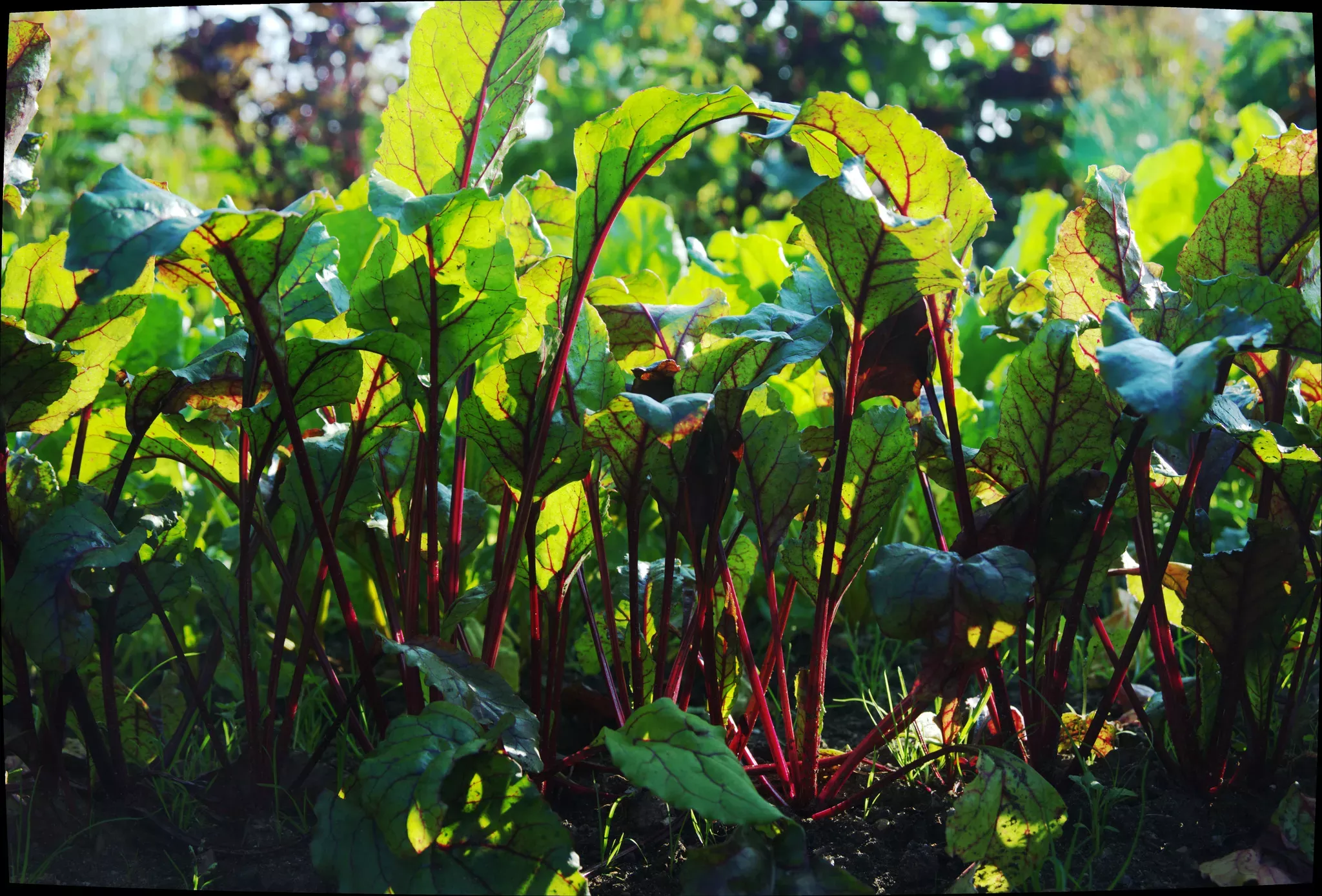
Edible flowers
Chives are great all rounders. You can chop the stems into a salad, but you can also add the flowers to dishes for an onion-like flavour.
Sprinkle the seeds thinly over soil, and keep them well-watered.
Once they've grown to around 10cm you can start harvesting. Use scissors to snip the chives near the base of the plants to encourage new growth.
If you have a balcony or garden, try growing chives outside to attract bees. Species such as bumblebees and honeybees love collecting nectar from the purple flowers.
Calendula is another edible flower that will brighten up your windowsill with yellow blooms. Well known for use in skincare, the flowers add a peppery kick to salads.
Sow these around 5cm apart onto 10cm of soil, and cover over with 2cm of compost.
Top tip
It’s best to pick edible flowers just before you intend to eat them so they’re still firm and full of flavour, or you can store them in the fridge in a plastic bag.
For the majority of edible flowers, it’s predominantly just the petals that are edible. You should always check if unsure.
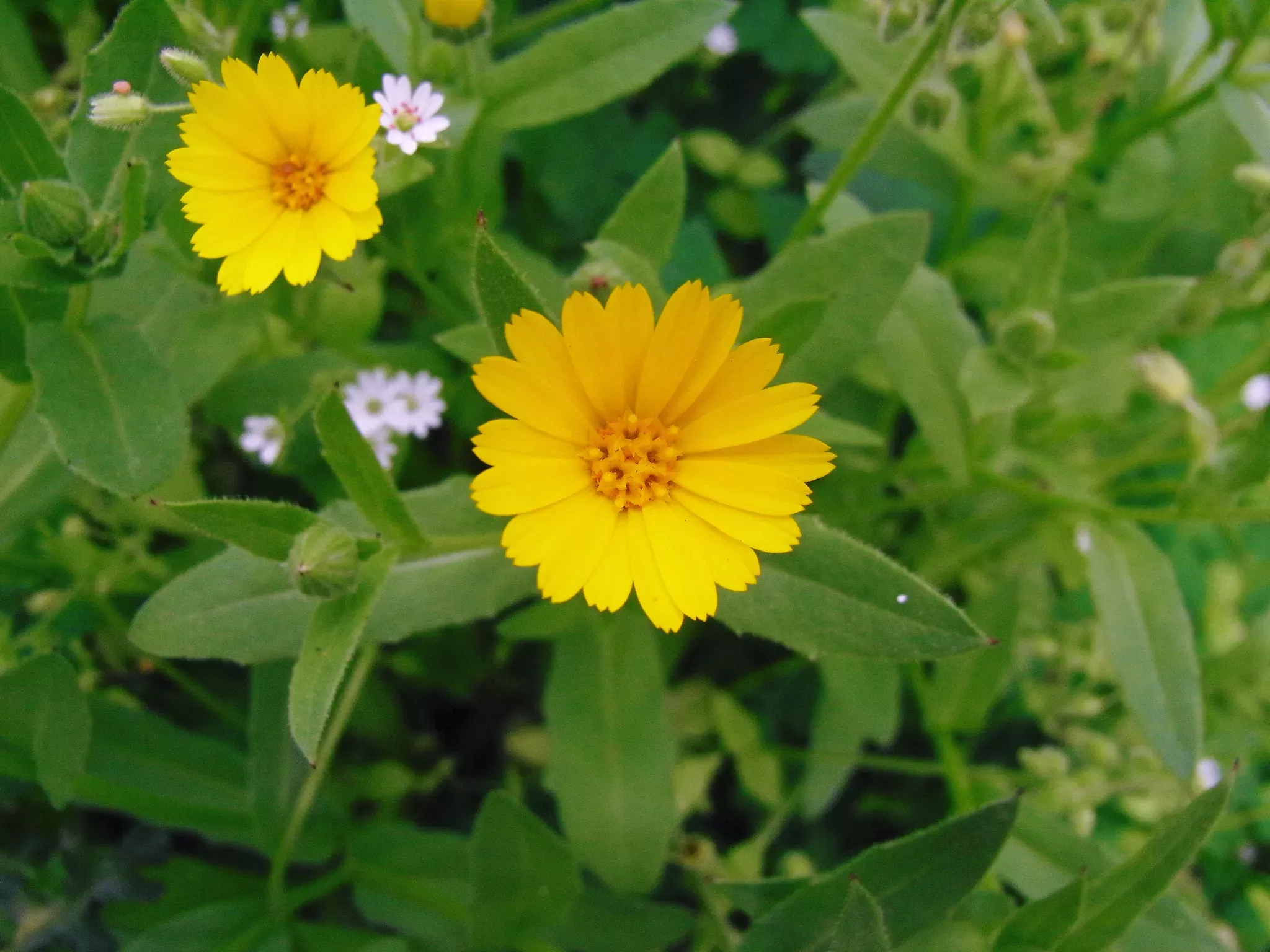
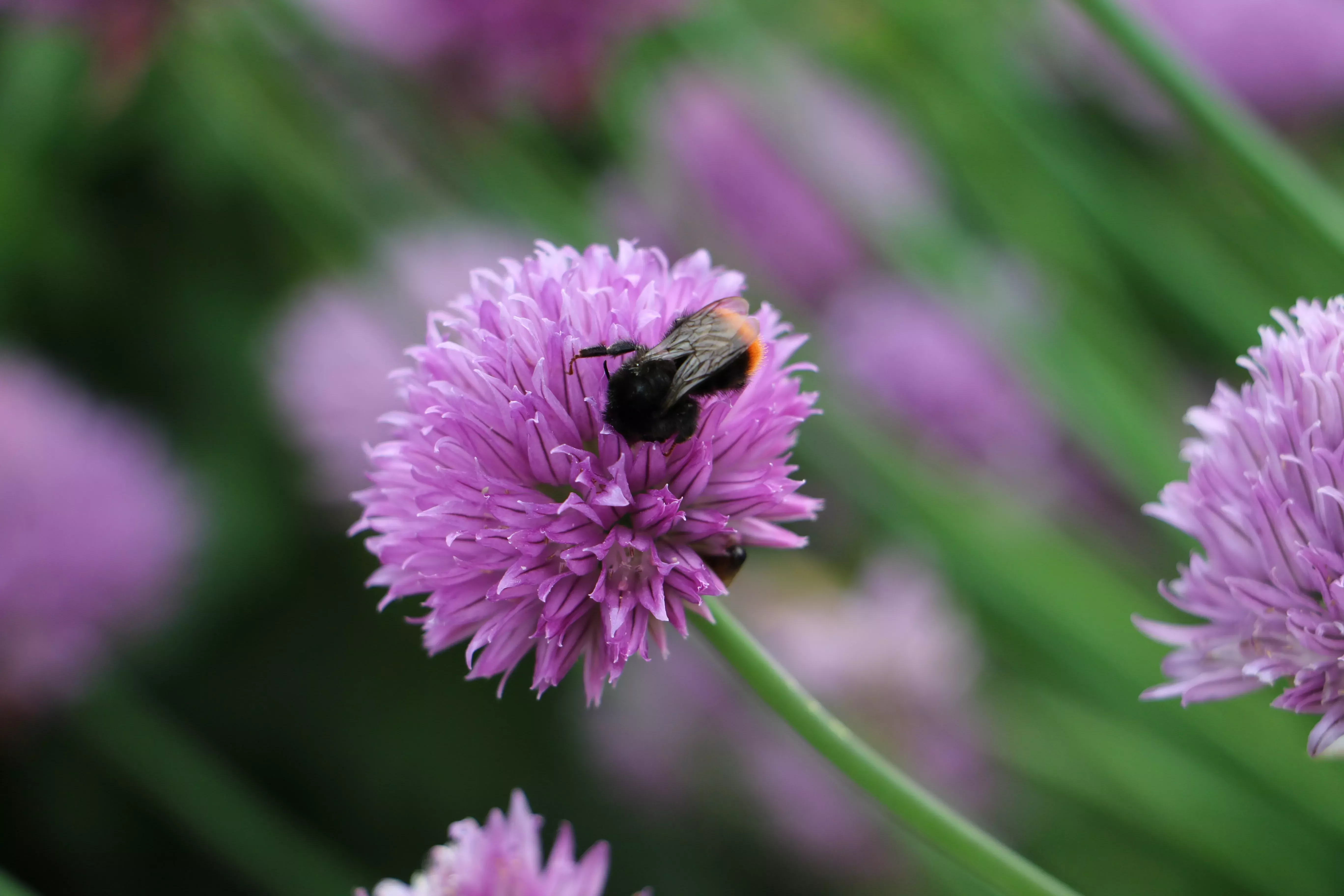
Radish
Give your salads some crunch with colourful radish.
Super easy and fast-growing, radish are ready to harvest about four weeks from sowing.
Sow seed around 5cm apart onto 10cm of compost. Sprinkle over 1cm of compost to cover them.
Keep the soil moist and in about four weeks time, you should have some tasty pink radish to pull up and enjoy.
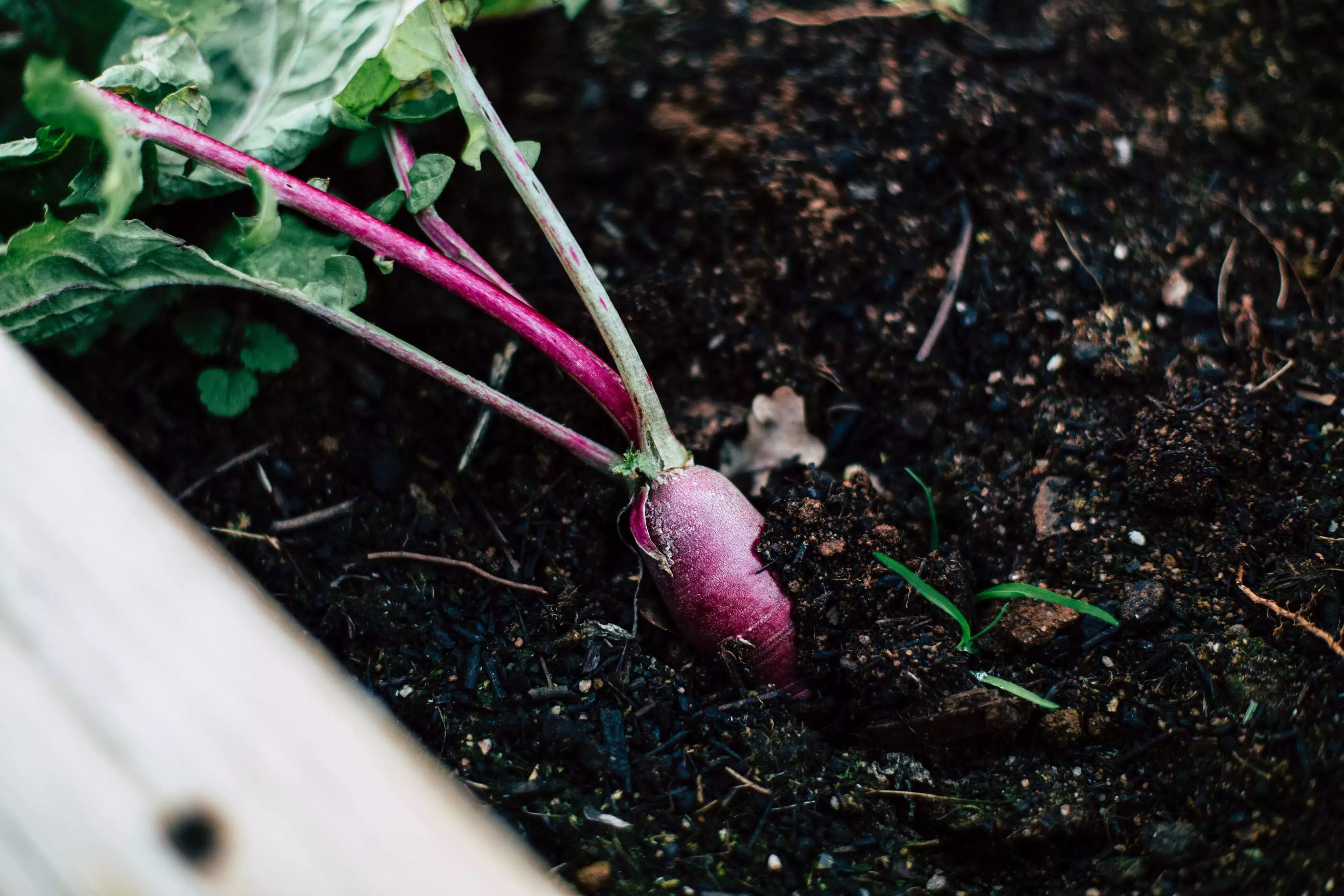
Share your photos
We'd love to see what plants your growing on your windowsills. Share them with us on Kew Gardens' Facebook, Twitter and Instagram.
To get your daily nature fix while you're social distancing or self-isolating, you're welcome to join our social community.
Take a look at Helena's book, The Kew Gardener's Guide to Growing Vegetables, to learn how to grow your own vegetables at home.
